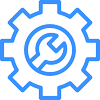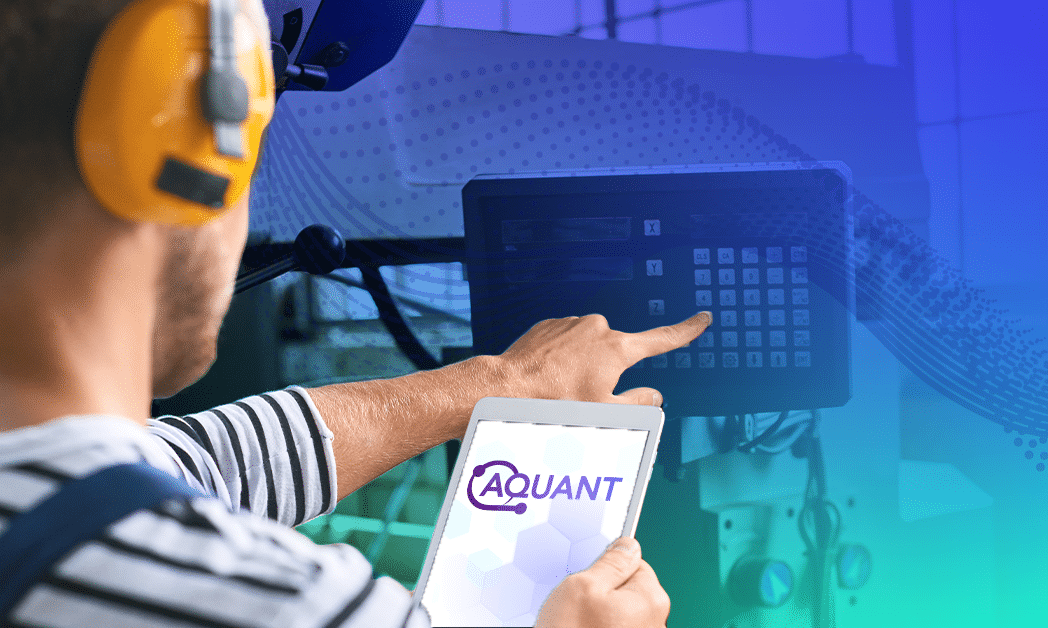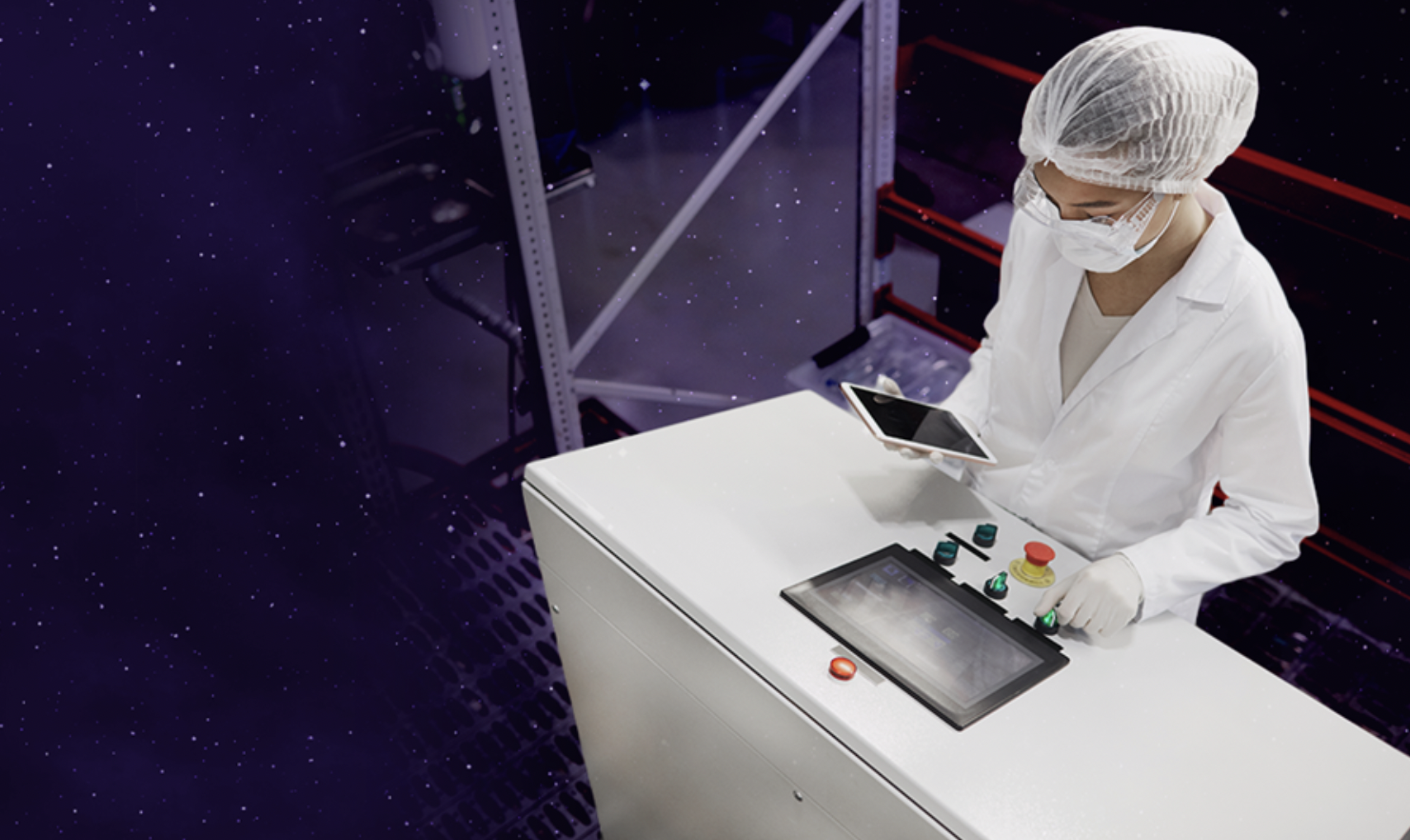Artificial intelligence (AI) is creating a positive impact on the ways organizations deliver service. Benefits include driving faster, better, and more cost-effective service outcomes, while also enabling more opportunities for remote service at a time when customer demand and health guidelines are pushing this shift. Here are 5 examples of the way AI is boosting service delivery, including enhancing employee experience (EX), customer experience (CX), and improving an organization’s ability to adopt more predictive service models.
Closing the Service Skills Gap
Upskilling your service workforce and enabling everyone to perform at the high level of your experts (i.e., your service heroes), has never been more important to your organization’s performance and growth. The industry needs engaged, data-empowered, and skilled employees to drive exceptional customer experiences at a critical time when every service moment matters.
That said, your top-performing service experts can’t do it all. Meaning they can’t be out in the field doing their finest work while simultaneously training your new and less skilled employees on best practices. To maintain the knowledge base needed to grow your business, it’s imperative that service leaders capture and distribute best practices across teams.
Unfortunately, to the detriment of customers and employees, most field service companies still use outdated, ineffective training methods like classroom lectures and printed manuals, even though younger service employees would prefer to learn via more interactive ways. As today’s service industry enters a technology revolution in the field, a better way of sharing and distributing best practices exists in the form of collaboration and knowledge management tools fueled by AI. The smart tools that understand your service language allow your service team to collect, analyze, and share tribal knowledge which is often siloed inside the heads and hard-to-decipher service notes of your workforce experts.
Read More: Solving the Millennial Skills Gap with AI
Attracting and Retaining Millennial and Gen Z Employees
As Baby Boomer service experts reach retirement age and take their subject matter expertise with them, the service industry is facing a workforce in flux. It’s balancing the demands of attracting tech-savvy and (digitally) collaborative Millennials and Gen Z workers, while simultaneously struggling to close the service skills gap for these younger recruits. How can you overcome the Baby Boomer “brain drain” so best practices flow to newer employees and customers? In a previous blog post discussed how organizations should be “building collaboration into daily workflows and adopting tech to foster a collective knowledge community.”
The knowledge management tech that fosters the transgenerational sharing of tribal knowledge is possible now thanks to AI.
Shifting Your Service Organization From a Break/Fix Model to a Predictive One
As Benjamin Franklin once said, “an ounce of prevention is worth a pound of cure.” Every service team and customer knows that regular maintenance and ongoing diagnostics are far more cost-effective than waiting for something to break and then fixing it. Shifting from a reactive “break/fix” approach to a proactive/predictive approach offers better cost control and also ensures business continuity.
Technological advances such as IoT and faster networks mean that machines can be maintained and serviced remotely or virtually. That’s an attractive option for end customers, especially at a time of social distancing. they can simply outsource service to experts while keeping their own workforce focused on core business functions. For service teams, the shift from reactive to proactive service requires an even more skilled workforce with a strong knowledge base, supported by digital solutions and collaboration tools, powered by AI and machine learning — getting smarter over time.
Increasing Remote Service Resolution
COVID-19 has changed the way service teams work and accelerated pre-existing customer demands for faster, more efficient fixes. The pandemic has also accelerated a trend towards remote resolution tools that empower customers to collect service-related diagnostic information and resolve less complex issues themselves, 24/7 and digitally.
These same remote, self-service tools can be leveraged in tandem with field visits to drive service quality and effectiveness, empowering service professionals to diagnose issues remotely (pre-visit) and ensure that when technicians are called, they arrive with the right resolution plan and parts in tow.
Analyzing the Root Cause of Service Issues Faster and more Cost-Effectively
When service organizations use AI-powered tools as a complement to their workforce, the end result is better decision making that gets to the heart of the problem more quickly. That’s because the best solutions to problems are usually found in your historical service data — ranging from neatly organized information inside of your CMS or parts database to lengthy free-text comments in your work orders.
AI workforce solutions have the power to take this real world experience and convert it into an actionable framework — the key to empowering your service workforce to tackle increasingly complex service issues.
Decision-making frameworks built from real-world experience empowers customer-facing agents to troubleshoot with clients to ask questions like an expert and identify the most likely resolution based on customer input about the problem. And the faster and more accurately service teams can diagnose problems, the more cost-effective they can be in resolving the issue.
Recent Posts
-

AI and Shift Left Will Propel Success in Medical Device Service, Says New Aquant Report
Read More »March 05, 2024 Janice Camacho








